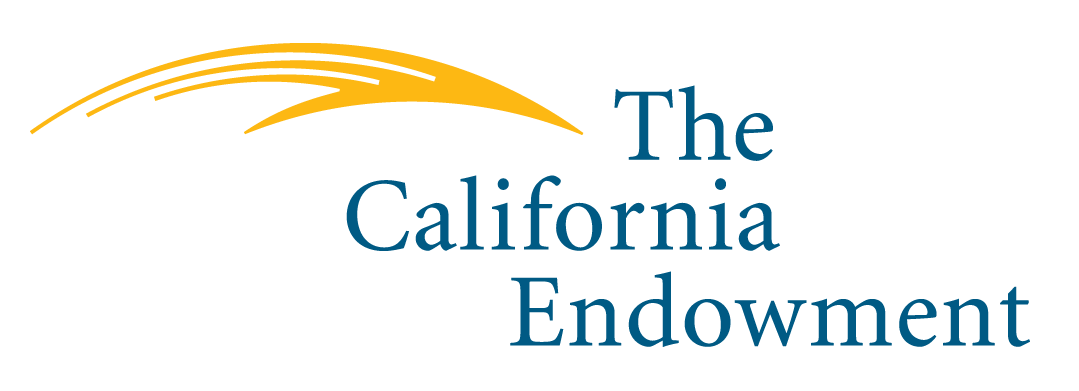Community Power is the Key to Climate Resiliency in California
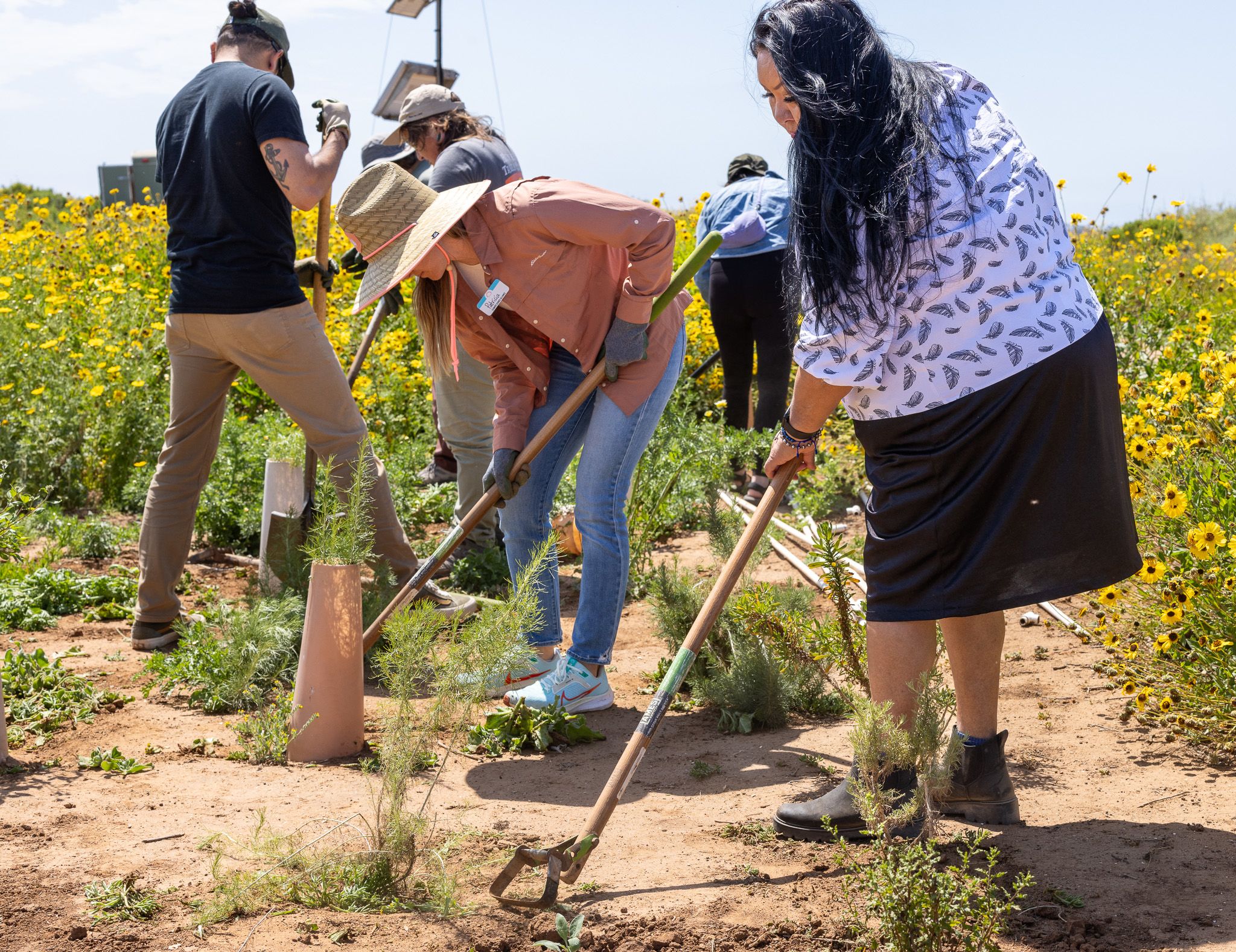
The climate crisis is here, and it affects public health. In California, we experience intense and prolonged droughts, extreme heat, wildfires, flooding, and other disasters. Tribal Nations, Indigenous peoples, rural communities, and communities of color experience these harms most intensely.
Our communities recognize that pursuing profit is the root of such disproportionate impacts. Systems of privilege monopolize natural resources and pollute our communities. Industry and corporate promises of prosperity fail to meet even the most basic human needs.
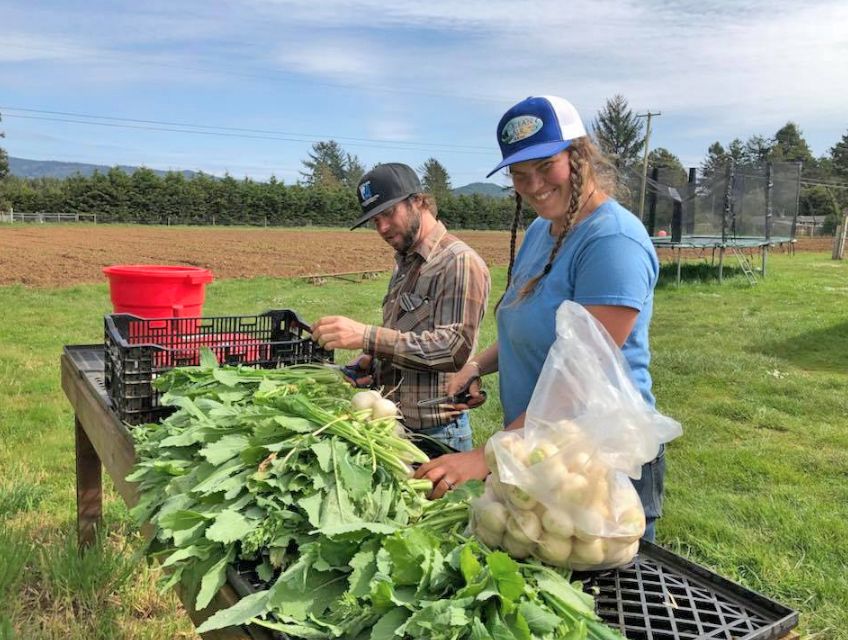
Silvia Paz, executive director of Alianza Coachella Valley, an alliance that amplifies resident voices so that plans for the Salton Sea reflect community needs, believes, “We live in communities that have been neglected for a long time. It manifests itself in a lack of infrastructure, making quality, dignified, affordable housing unattainable. That leaves vulnerable communities unprotected from increasing heat, winds, air pollution, and drought.”
But people in California are not simply shouldering the burdens. Our communities hold the solutions to achieve climate justice — many practiced for generations.
Embodying tribal and cultural knowledge with a deep reverence for the land, community leaders have a vision that offers California a pathway to confront the climate crisis with reciprocity, interconnectedness, and inclusivity. Our communities combine generations of expertise to strengthen an ecosystem of people power that builds resiliency for the long term.
“We were able to manage our watersheds and forests for thousands of years,” says Linnea Jackson, general manager of the Hoopa Valley Public Utilities District. One of the Hoopa Valley Tribe’s solutions addresses the increased risk of wildfires in the tribe’s densely forested region of California. “It goes back to the traditional practices of using fire mitigation and cultural burning that we always did to thin out the understory for healthy forests and to leave open spaces.”
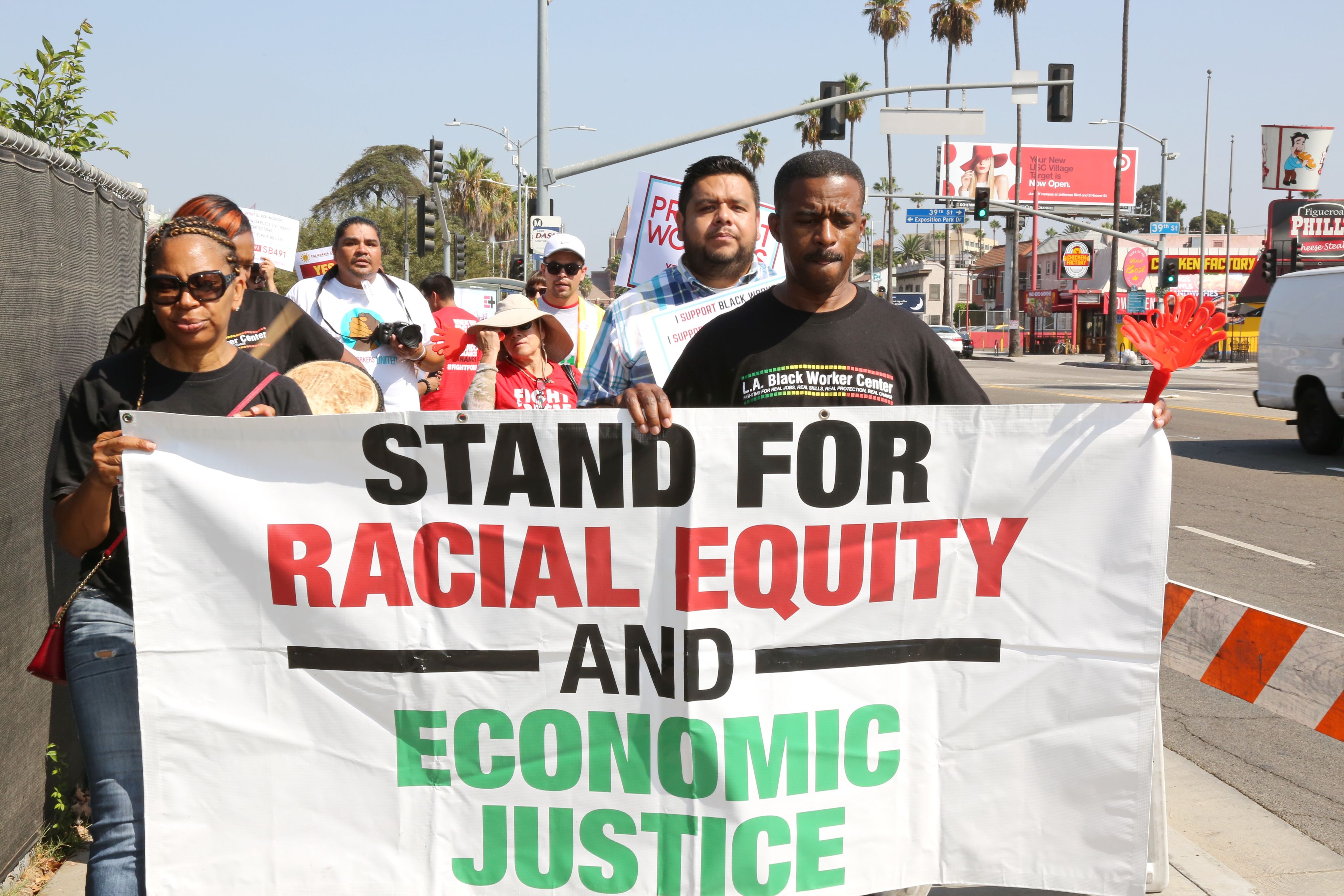
Vivian Huang, co-director of Asian Pacific Environmental Network (APEN), shares, “Our communities are filled with people who are powerful and strong and have been connected to organizing for many years. They see themselves as part of a long arc of organizing over history. They’re making sure their communities become even more thriving and resilient than they are now.” APEN partners with local organizations across California to create resilience hubs where community members can gather, organize and access social services, and where they can turn for response and recovery services in disaster situations.
Part of these partners’ climate justice work involves navigating the complexities of multiple jurisdictions and powerful economic interests to ensure communities benefit from new industries, their voices are included in decision-making, and their environments are protected from extractive practices.
“The solutions to today’s problems aren’t going to come from a single sector,” Paz says. “We need to center the realities of people, understand where they’re coming from, how they’re being affected, and hear creative solutions. Magic happens when people talk to each other.”
The more that Tribal Nations, Indigenous peoples, rural communities, and communities of color can amass resources and decision-making authority to advance their solutions, the more equitable California’s climate efforts will become.

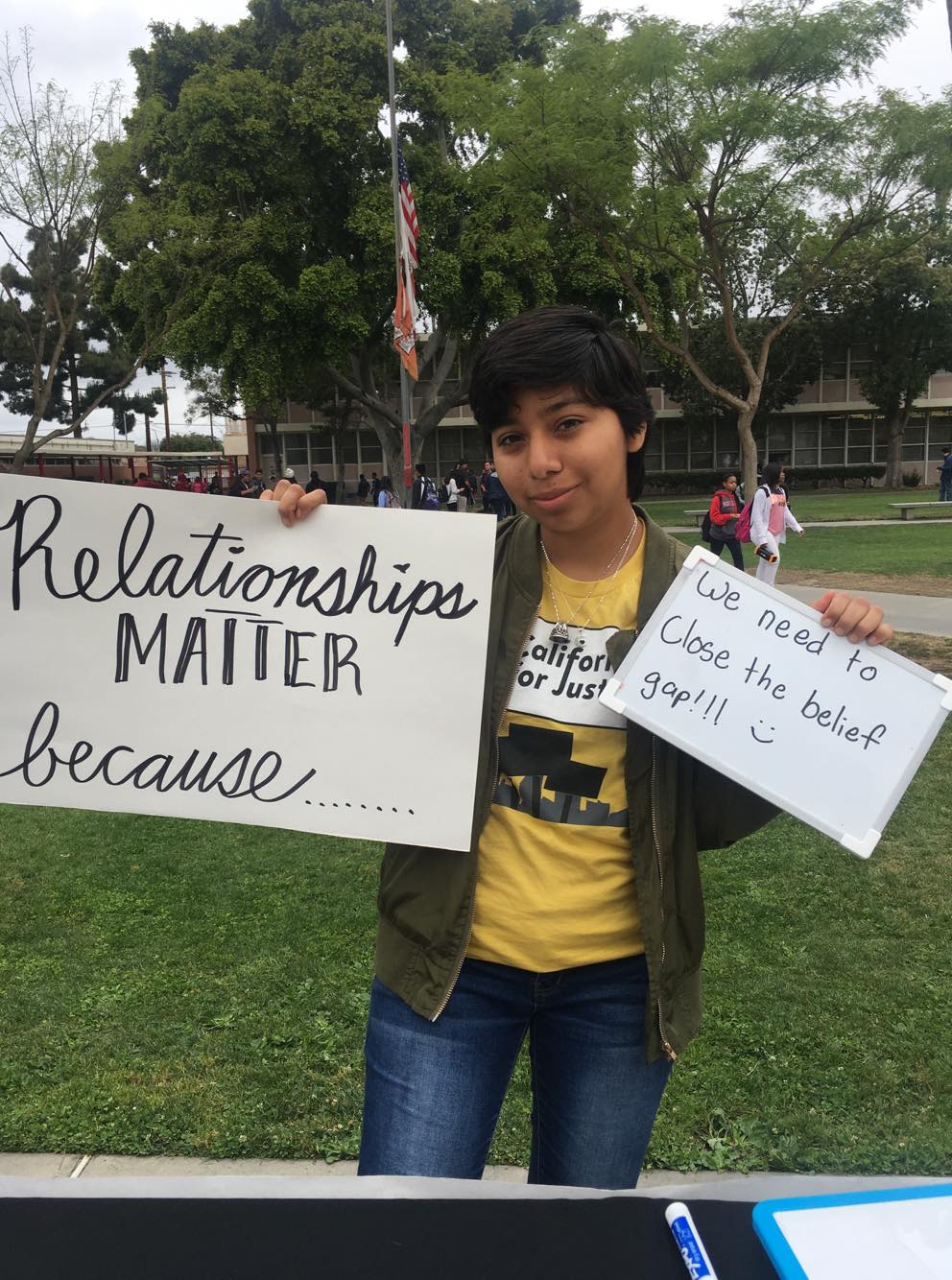

Althea Walker, director of community resilience for Climate Science Alliance, supports Indigenous-led climate action and knowledge-sharing among Tribal leaders, scientists, and community members. She emphasizes what inclusion looks like in practice.
“It means…allowing other knowledge systems to come to the table, to talk about co-stewardship and [land] management practices. We need relationship-building opportunities to build that trust and regain that trust, especially when you think about the mistrust and the history of our communities with the U.S. government. Trust-building is needed before we can even talk about co-stewardship and working together closely.”
Walker also describes how people power drives progress: community collaborations deepen, and grassroots leaders gain greater autonomy to pursue their priorities. She shares, “We've been able to expand our network of partners and bring people together. We have more flexibility to pivot without being directed by specific funding that says we have to do this or that based on an agency’s work plan. It's truly about the communities and what they want to do.”
Communities are leveraging public, private, and philanthropic resources and capital to improve conditions for the environment and all living things, uplift the dignity of our communities and fulfill the human right to clean air, water, and stewardship of their land for generations to come. Theirs is a far-reaching vision — and they are very clear about how philanthropy can step up to meet it.
“All of our projects are long term because climate resiliency is long term. The United States and California have net zero energy goals by 2030 and 2045, respectively. But realistically, 10-20 years isn't enough to completely change how we maximize this world,” Jackson shares.
Therefore, as philanthropy continues to fund environmental health and justice, community leaders insist that funding be consistent, long-term, and flexible so that they can direct resources toward their own priorities and respond to shifting conditions—from scorching heat to the Supreme Court weakening federal abilities to regulate climate and public health.
The California Endowment’s Social Bond, a historic investment in people power, is one example of how to provide resources to meet this moment. In 2022, The Endowment invested $20 million into climate resiliency across California to support community-based climate solutions grounded in racial equity and Indigenous leadership.
Philanthropy faces an urgent challenge — and a chance to be part of true systemic transformation. As Huang says, “The climate crisis represents an opportunity for a huge shift in how we think about the economy and power: how to make power more equitable and to center different values than the ones our current economy has.”
As people closest to injustice and its solutions, our communities know what it takes to transform the systems perpetuating inequities and fueling the climate crisis. Grassroots groups are already advancing the change we all need, and philanthropy has a duty to follow and support their leadership.
For more information reach out to Endowment staff members, Judi Lopez jlopez@calendow.org or Annalisa Robles arobles@calendow.org
This content was paid for by The California Endowment. The editorial staff at The Chronicle had no role in its preparation. Find out more about paid content.


